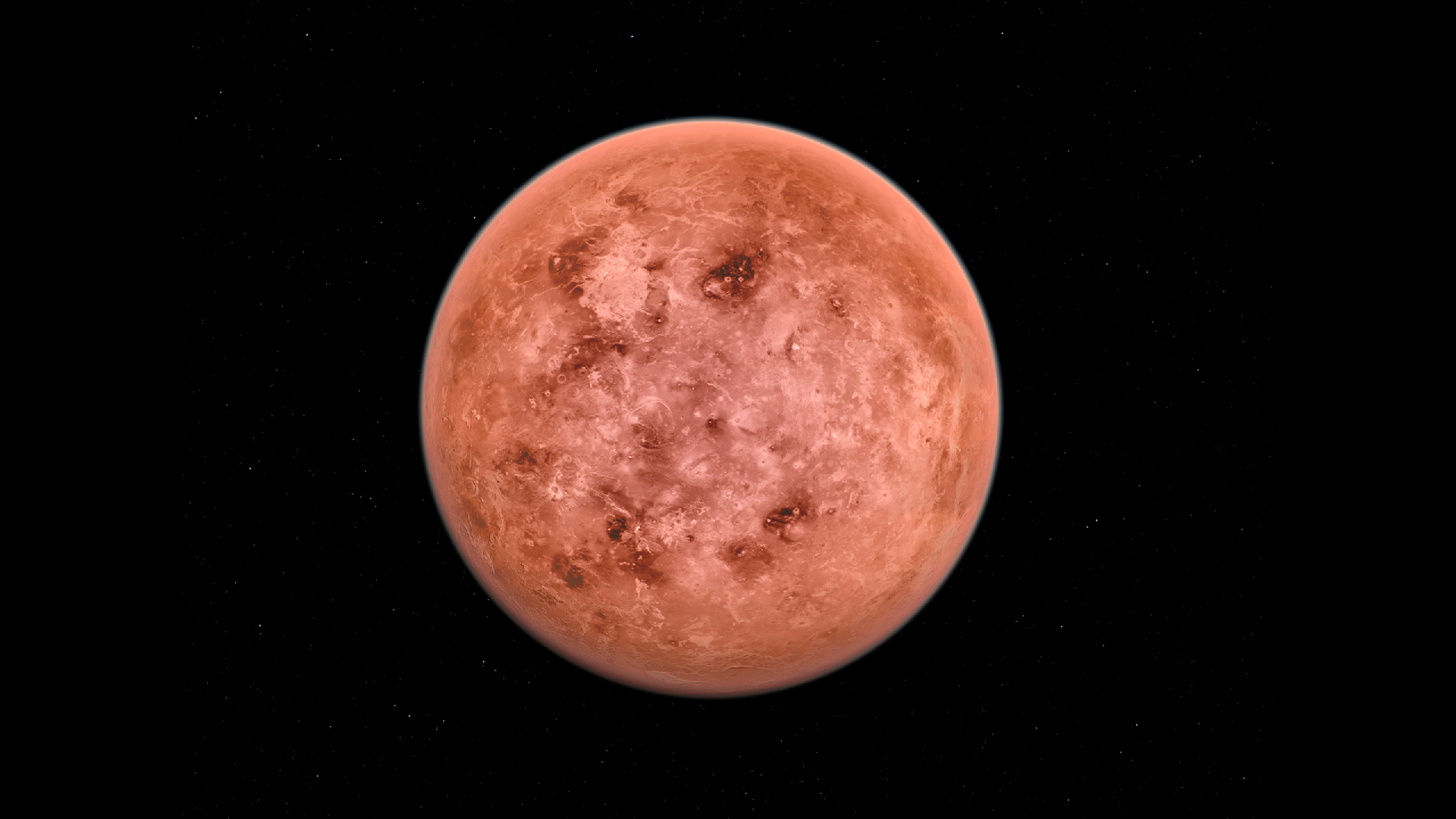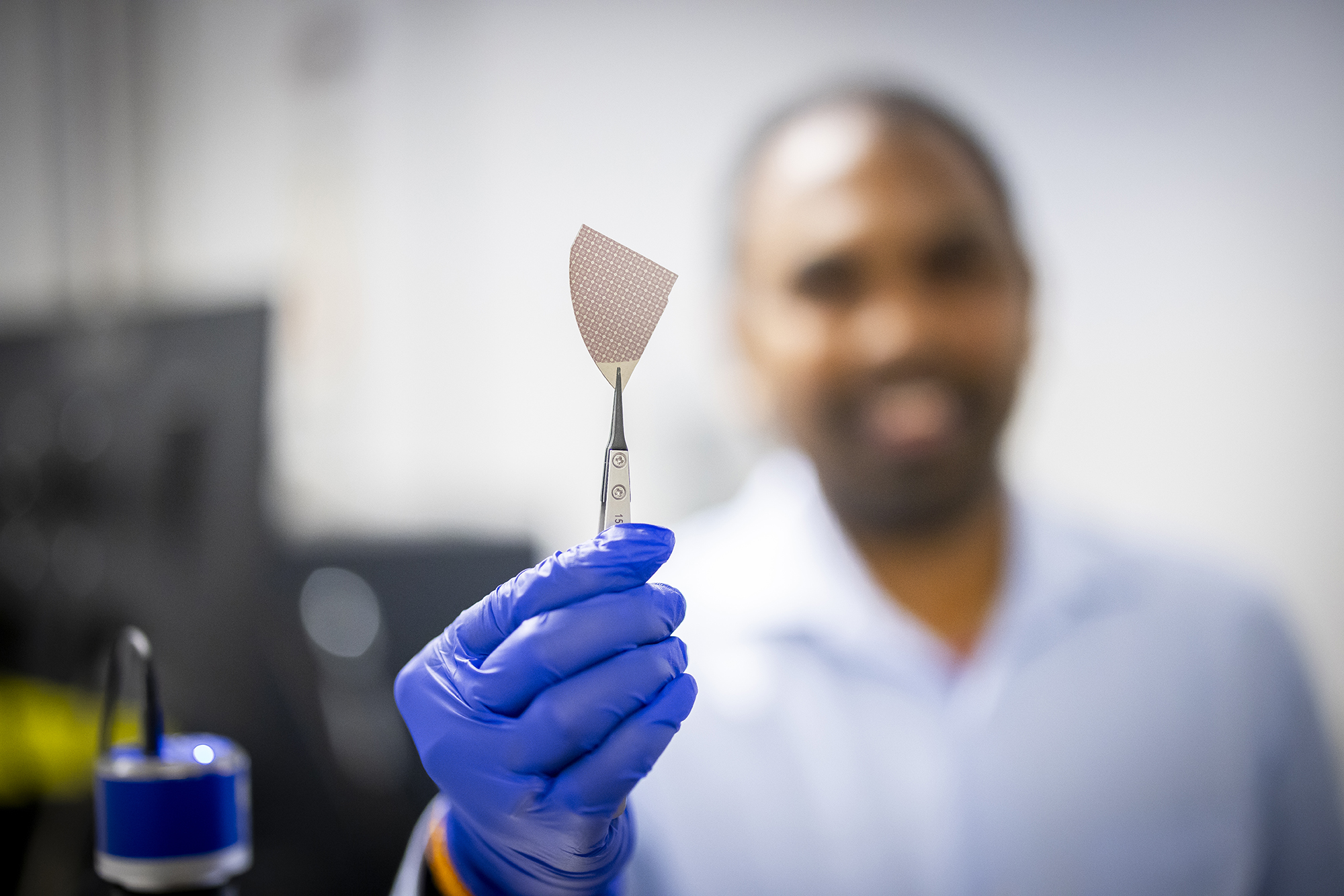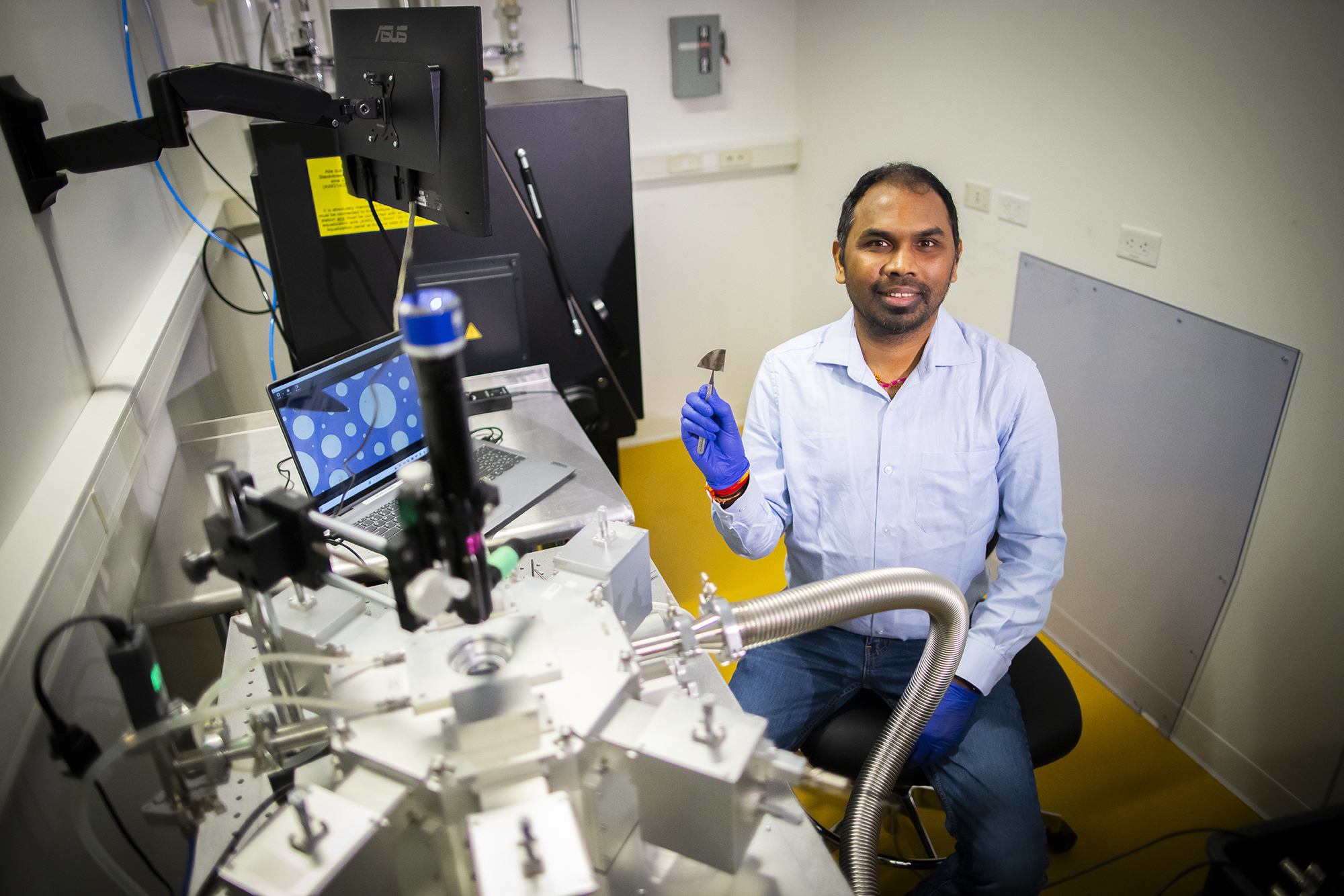AI computers could run in extreme environments like Venus thanks to heat-proof memory device
Ultra-heat resistant computer storage can operate at Venus-like temperatures and may be used in extreme conditions such as nuclear plants and even for future NASA missions.

New computing storage which can operate at temperatures so hot that rock starts to melt could pave the way for computers that work in the harshest environments on Earth — and, for the first time, on Venus.
The toughest current non-volatile memory (NVM) devices — which include solid-state drives (SSDs) — fail once temperatures reach 572 degrees Fahrenheit (300 degrees Celsius). But scientists have created and tested a new ferroelectric diode (a semiconductor switching device) that continued working for hours even when they turned up the heat to 1,112 degrees F (600 C).
This means sensors and computing devices that use the diode could be placed into extreme environments — such as nuclear plants, deep-field oil and gas exploration or our solar system’s hottest planet — where they would previously have failed within seconds.
The NVM device, described in a paper published April 29 in the journal Nature Electronics, is made using a material called ferroelectric aluminum scandium nitride (AlScN). It’s at the cutting edge of material science, having only emerged as an option for high-performance semiconductors in the past five years.
As with any molecule, the key is the ratio of atoms. Here, the device was based on an AlScN diode that measured 45 nanometers thick — 1,800 times smaller than the width of a human hair.
Related: New 'petabit-scale' optical disc can store as much information as 15,000 DVDs

"If it’s too thin, the increased activity can drive diffusion and degrade a material," said Dhiren Pradhan, a postdoctoral researcher in electrical and systems engineering at the University of Pennsylvania, in a statement."If too thick, there goes the ferroelectric switching we were looking for, since the switching voltage scales with thickness and there is a limitation to that in practical operating environments. So, my lab and Roy Olsson’s lab worked together for months to find this Goldilocks thickness.”
Sign up for the Live Science daily newsletter now
Get the world’s most fascinating discoveries delivered straight to your inbox.
One of the team’s most notable findings is that the devices could cope with one million read cycles and maintain a stable on-off ratio for over six hours. In the paper, the team described this result as "unprecedented".
The work builds upon existing research into semiconductors that can also operate at extreme temperatures. Add this memory to a processor and you have a computer that can work almost anywhere, the scientists said.

"From deep-earth drilling to space exploration, our high-temperature memory devices could lead to advanced computing where other electronics and memory devices would falter," said Deep Jariwala, associate professor of electrical and systems engineering at the University of Pennsylvania, in the statement. "This isn’t just about improving devices; it’s about enabling new frontiers in science and technology."
In particular, the scientists said in their paper that a new era of non-silicon computing devices might emerge that integrate memory and processing closer together for data-heavy tasks such as artificial intelligence (AI).
“Conventional devices using small silicon transistors have a tough time working in high-temperature environments,” Jariwala added. That’s why silicon carbide technology is currently used, but it’s much slower than natural silicon in terms of processing power, and data-heavy computing can’t currently take place in harsh environments.
But the scientists believe that a fresh approach — meshing heat-resistant memory and processor together into an ultra-dense package — can finally lead to AI processing in extreme conditions on other planets.
Tim Danton is a journalist and editor who has been covering technology and innovation since 1999. He is currently the editor-in-chief of PC Pro, one of the U.K.'s leading technology magazines, and is the author of a computing history book called The Computers That Made Britain. He is currently working on a follow-up book that covers the very earliest computers, including The ENIAC. His work has also appeared in The Guardian, Which? and The Sunday Times. He lives in Buckinghamshire, U.K.










